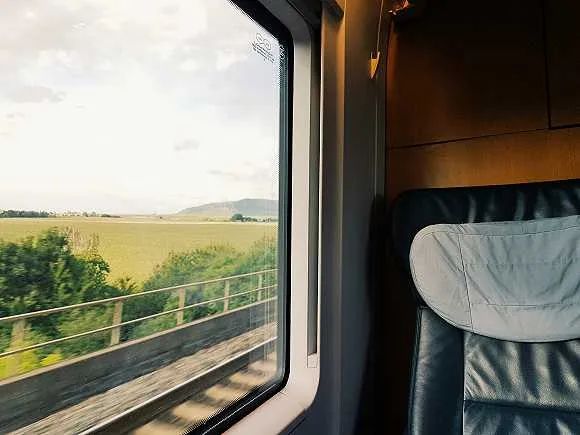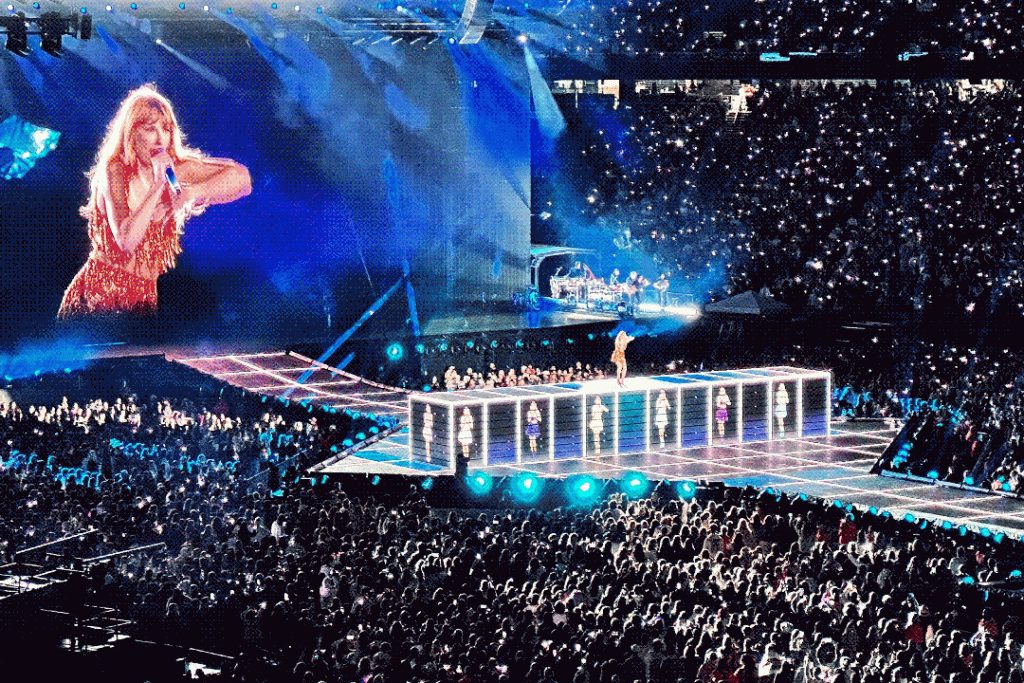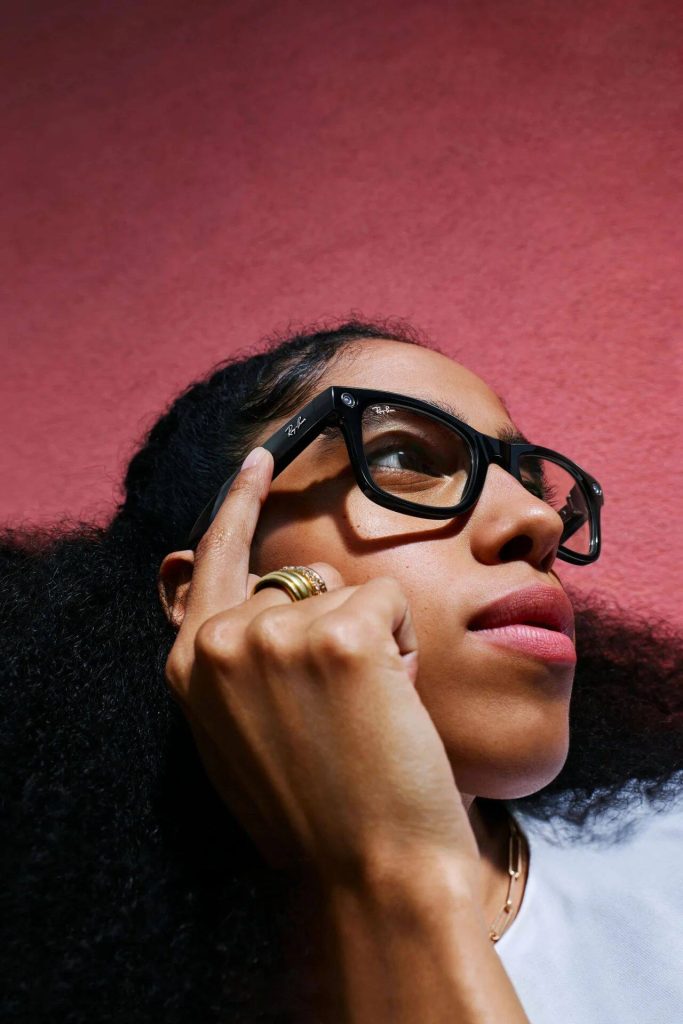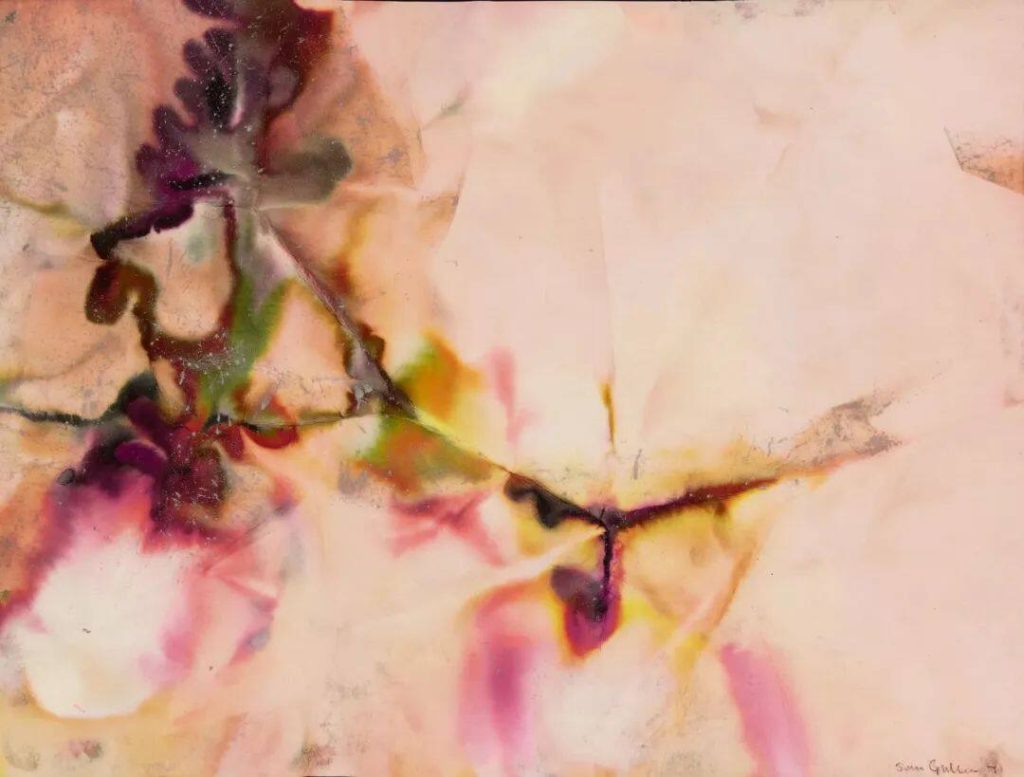After experiencing the epidemic life isolated from each other, it has become an urgent pursuit to get out of the house and be present in the flesh for a short time.
According to data released by the Ministry of Culture and Tourism, in the first quarter of 2023, the total number of domestic tourists was 1.216 billion, an increase of 0.386 billion over the same period of the previous year, an increase of 46.5 percent over the same period last year. During the May Day holiday, the country’s domestic tour reached 0.274 billion. Recently, the much-discussed “special forces tourism”, “Citywalk” and the “retaliatory Travel Association”, which ranks high on the list of Douban’s popular groups, are also showing us how tourism is being cared about and discussed by us.

* Image source: Little Red Book *
Interestingly, after the popularity of special forces tourism, which emphasizes high intensity, many scenic spots and low cost in a short period of time, City Walk, which is characterized by slow speed and idle stroll, appeared again, which seems to indicate that careful planning is gradually returning to “romantic and magnificent tour” style of wandering.
Even if these two ways of traveling seem to be quite different, they both involve deviating from the purpose of regular. In the view of John Urry, an anthropologist who has been paying attention to the field of tourism for a long time, “through tourism, people can get rid of routine affairs and daily activities to a limited extent, and let the senses put into a series of stimulating activities, which is in sharp contrast to the ordinary life.” Nowadays, tourism is constantly showing a new face in the flowing modernity. It seems to wave goodbye to the romantic games of the past, but it is constantly permeated with nostalgia.
As early as the pre-modern society, Western society has organized tourism. However, tourism at that time often pointed to a symbol of social status, which was only enjoyed by the elite, while the common people were still confined to the space of daily life.
Initially, the emergence of tourism is closely related to religion. In the 13th and 14th centuries, pilgrimage became a common phenomenon, a mixture of religion, culture and entertainment, and became a non-standardized journey. At the end of the 17th century, the Grand Tour became popular among the nobility and gentry, and at this time it emphasized the academic value and cultural edification of the journey.
It was not until the second half of the 19th century that tourism began to democratize, and the Romantic Grand Tour, which emphasized scenic sightseeing and personal experience, began to rise. At that time, the development of the romantic movement made emotions and feelings more valued, and people began to pursue pleasant experiences. On the other hand, the rise of the railway, a modern mode of transportation, has enabled ordinary people to take trains to go on holiday.
In China, tourism has also undergone a process of civilianization and has a similar trajectory. Historian Elisabeth Köll, in her book Railways and the Transformation of China, points out that for hundreds of years, the Chinese traveled to places of religious, cultural and historical significance-merchants traded long distances, and officials’ duties included cruising the territory of the empire. At that time, the risk of travel was high and it was not convenient. In order to reduce the risk, people would go through the imperial calendar to find an auspicious day to travel, and would offer tribute to the God of the road.
A brief history of tourism: From the privilege of the aristocracy to the common people can travel
Railways and China’s Transformation
[De] Colissa translated by Jin Yi
Jiangsu People’s Publishing House 2023-2
In the Song Dynasty, tourism showed a trend of commercialization, with pilgrimage-related tour groups, commercial tourism arrangements and tour guides. Corissa found that during this period, “religious pilgrimages provided a valuable opportunity for ordinary people, especially women, to travel outside the constraints of their families and communities, especially to escape the surveillance of men.”
In the early Republic of China, with the launch of the first railways in China, it became easier for people to travel. Passengers began to leave their hometowns by train to do business or study abroad. In addition to leisure, travelers also give travel tasks related to work, education or family. The scholar Li Siyi even put forward in the book “Railway Modernity: Time and Space Experience and Cultural Imagination from the Late Qing Dynasty to the Republic of China”, “The occurrence of railway travel as a modern experience and the interaction with literature have a great impact on the subject construction of the Republic of China. Profound influence.”
Until today, with the continuous popularization of high-speed rail, aircraft and other modes of transportation and the iteration of media technology, the geographical movement of human beings is more convenient, and people’s travel and flow have become the norm. As the sociologist Zygmunt Bauman observed, we have entered a modern society of mobility, which has a more profound impact on tourism.
In “The Railway Journey”, the German cultural research scholar Wolfgang Shiffelbushi put forward the concept of “mechanized travel”: “Through the individual travel of the railway, individual passengers are absorbed into a tangible system of moving goods.” In other words, modern transportation has created a completely new travel experience.
Mechanized travel: Speed increases, fatigue doubles
The Railway Journey: The Industrialization of Time and Space in the Nineteenth Century
[De] Wolfgang Shiffelbushi translated by Jin Yi
Century Wenjing | Shanghai People’s Publishing House 2018-7
On the one hand, in the past, when people used low-speed and labor-intensive transportation technology, the landscape along the way could be slowly appreciated. However, in modern travel methods, passengers’ perception of the landscape along the way is filtered by integrated machines such as trains, leaving only nodes such as departure and destination.
On the other hand, modern transportation realizes mechanization through seat arrangement and new perception, and realizes routine through operation diagram and path that will not deviate, which makes “the experience experienced by passengers is similar to that of military systemization”, which aggravates the “mechanization” of tourism “. Passengers can no longer actually feel the smells, sounds and synesthesia of their traversing landscapes, which were once part of the journey.
In his poem about train tourism in Shanghai and Hangzhou (1923), Xu Zhimo describes how modern vehicles break the “traditional travel space” and how speed acts on sensory experience:
In a hurry! Push!
A cigarette, a mountain, a few clouds,
A water, a bridge, a sound of oars,
A forest pine, a clump of bamboo, red leaves one after another:
Colorful fields, colorful autumn scenery,
Dream-like distinct, blurred, vanished,–
Push! Is it the wheel or the time?
Urge the old autumn appearance, urge the old life!
Regarding the relationship between travel and speed, Wolfgang even asserted, “Whether travel will become boring is completely proportional to the speed of travel.” The increase in speed produces a large number of visual images that require visual processing, which will not only increase the fatigue of tourists, but also make the traveler’s gaze turn to substitute landscapes, such as those in books.
At present, the acceleration of tourism has become a fact, “special forces tourism” came into being. Tourists squeeze out limited time to rush from one terminal and high-speed rail station to the next transportation hub, shuttling through various spaces in the world, and their fatigue is naturally increased. Furthermore, the “landscape in the book” has become the “landscape in the mobile phone”, and the “unique scenery along the way” has also been replaced by the “replicable clock point.
In The Visitor’s Gaze, this phenomenon is attributed by John Urry and Jonas Larson to “the gradual loss of the ‘halo’ under post-tourism”. With the industrialization of tourism, the number of global tourist attractions has increased. Even the places for ordinary activities are reorganized and planned in a tourism model, just like the theme environment, but what follows is the homogenization of tourist attractions. Tourism activities are becoming more and more single, showing the consequences of “reflective halo. As a result, some people reminisce nostalgically about the “City Walk” (City Walk), trying to find romance in a stroll without a preset purpose.

The Visitor’s Gaze (Third Edition)
[English] John Urry [Denmark] by Jonas Larson, translated by Huang Wanyu.
Gezhi Publishing House 2020-9
But in any case, today’s tourists are more and more aware that the essence of sightseeing has become a commodity. To travel, they have to queue up again and again. People also understand that they are just a member of the mass consumers. The travel strategies they find online and the introduction of scenic spots in their hands are just beautifully packaged popular products.
“Beat Generation” represents the writer Jack Kerouac who has written about travel again and again. In his writings, the madness on the road is not the purpose, but the way to liberate the soul from various restraints to obtain spiritual regeneration.
In On the Road, the protagonist Sal abandons the idle life of the campus, jumps on the truck along the way and roams on Route 66. Along the way, he drank with his partners, talked about Oriental Zen Buddhism, blocked the road when he was tired, stayed in the village at night, and interpreted his rebellion against nothingness during the crazy road trip. In “Dharma Wanderer”, the hero Raymond carries a backpack and meets the guide Jaffe. While meditating, they are drunk and dreaming to death. They also sneak in the wilderness, indulge in the “Ya Yong” and the super washing of Matte Peak and Guliang Peak, and exclaim “forever young, forever tears in his eyes.
Epilogue: Escape from everyday life, in tourist symbols
Dharma Rangers: Kerouac’s 100 Anniversary Edition
Translated by Jack Kerouac.
One Page folio | Contemporary World Press 2022-3
Kerouac’s “on the road” journey, mixed with disappointment and confusion, also constitutes a grand escape. This escape is not the same as today’s travel, but it is connected to each other. If you read the discussion about special forces travel carefully, it is not difficult to find the meaning of breathing-in the face of endless things and limited time, people retaliate to arrange one scenic spot after another, “fast, accurate, and ruthless” away from people Anxious and tired daily life.
At the same time, “retaliation” also implies an escape from a closed life. In the past three years of epidemic life, people are trapped in their own space, facing the distant scenery can only be virtual presence. The return of normal order makes people shout “I want to get back all the three years I lost”, and set off for revenge travel again and again like tiredness. City Walk is more like a kind of active resistance. It tries to see through the true face of mechanized tourism today. It stubbornly strolls through, feels the city and remeets people.
Today’s tourism may no longer be a pure experience that takes place in a specific time and space, but rather has some meaning of “symbolic economy”. As Jonathan Culler (Jonathan Culler), a professor of comparative literature at Cornell University, described it, people “scattered everywhere, looking for all kinds of symbols separately, you have to see French style, typical Italian manners, representative oriental scenery, standard American highways, and traditional English bars.” But when people use the way of “clocking in” to look at the scenery in front of them, they also show a kind of disdain-people can no longer be shocked by the landscape, because it has already lost its halo. Isn’t that ironic?
(Source: Interface Culture)











